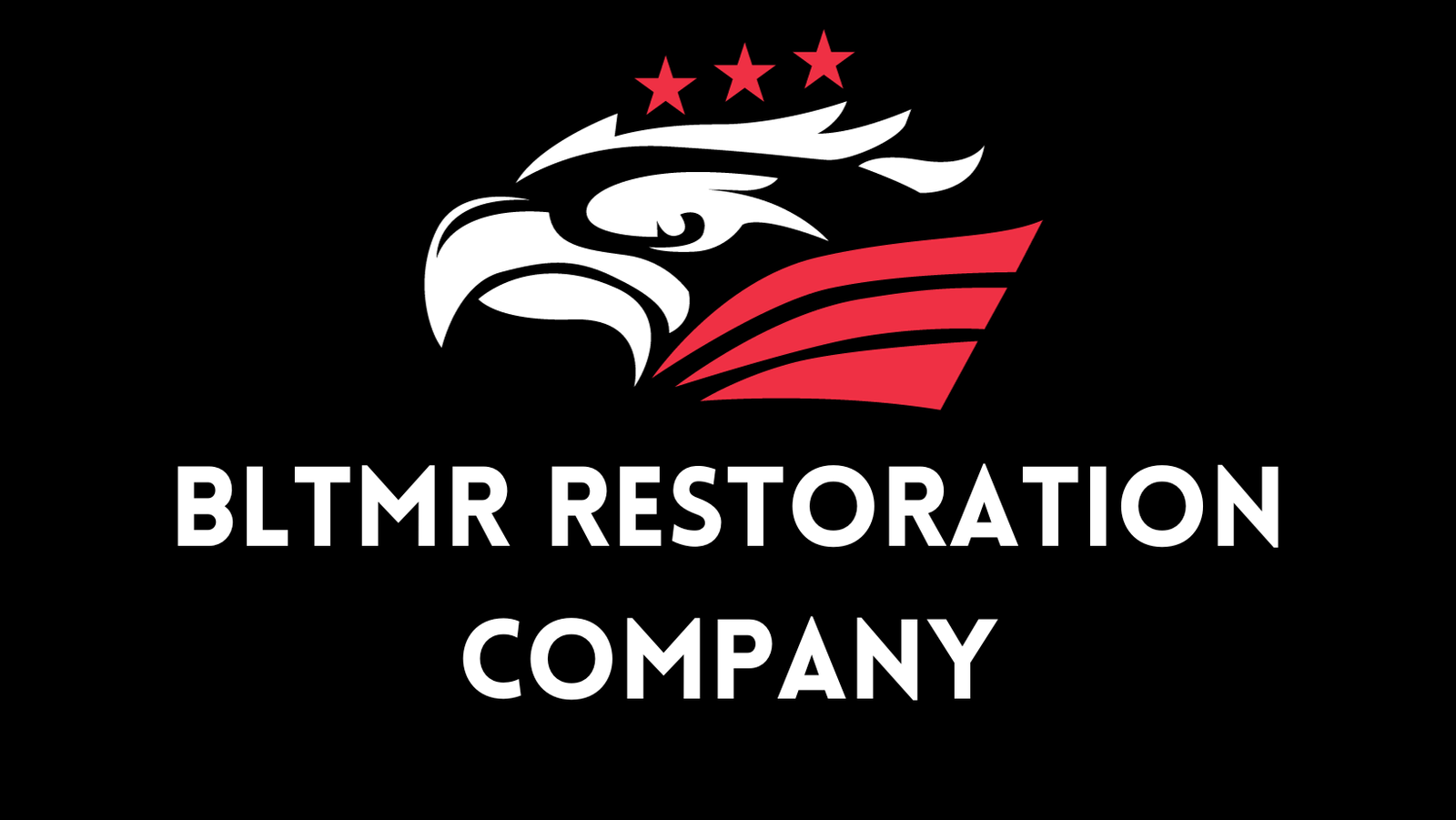Mold is a dangerous and often underestimated problem that can cause serious health issues, as well as structural damage to buildings. It is important for homeowners and businesses alike to be aware of the risks posed by mold, and how it can be safely removed and remediated. The first step in any successful mold removal process is identifying where the mold growth originates. Depending on the situation, this could involve hiring professionals with specialized equipment or conducting visual inspections in areas known to have moisture problems such as around plumbing fixtures or other water sources. Once the source has been identified, then steps must be taken to remove the existing mold while preventing further spread or contamination. The next step involves eliminating any conditions that are conducive to future mold growth, such as reducing humidity levels through mechanical means or replacing porous materials contaminated with mold spores.
Finally, proper cleaning techniques must be implemented in order to ensure all traces of mold have been eliminated before closing off affected areas until repairs can begin.
Assessment And Inspection
Mold removal and remediation is a complex process that requires the proper assessment and inspection of affected areas. In order to begin this process, it is essential for an experienced professional to assess the extent of contamination and provide a plan for effectively eliminating mold growth in any indoor environment.
This includes evaluating potential health risks associated with exposure to certain kinds of fungi, as well as determining what type of equipment will be needed in order to safely remove all traces of mold from hazardous surfaces. In addition, a thorough inspection must be conducted to identify any other environmental factors that may contribute to or facilitate the development of mold. These could include humidity levels, ventilation issues, water damage, structural defects, etc., each of which can create ideal conditions for moisture buildup and fungal proliferation. By doing so, professionals are able to establish effective strategies that prevent further infestation and protect occupants from adverse effects on their health.
Containment And Ventilation
Assessing and inspecting a mold-contaminated area is essential in properly remediating the affected space. Containment and ventilation are two critical components to consider when removing mold from an indoor environment. Properly containing the work site helps limit any further contamination of other areas, as well as providing additional safety for those involved in the remediation process. Installing containment barriers such as plastic sheeting or negative air chambers help keep the containment zone separate from the rest of the building. An effective ventilation system should also be implemented within the contained area, ensuring that contaminated air is removed while fresh clean air flows into it. Exhaust fans can be used to draw out any airborne particulates before they have a chance to spread throughout the home or business. By following these steps, you can ensure that your space remains safe and free from hazardous mold spores for years to come.
Removal And Cleaning
The mold removal and remediation process is a crucial step in ensuring the safety of occupants. It involves identifying, controlling, and removing any existing mold growth while also cleaning surfaces to prevent future infestations. During this stage, it is essential that all affected areas are thoroughly cleaned and treated with an anti-microbial solution to neutralize the remaining spores. Additionally, affected materials should be removed or replaced where necessary to stop further spread and contamination. The goal of this process is to provide a safe and healthy environment for those living within the space. In particular, people most susceptible to health risks associated with exposure must be protected from potential harm.
Restoration And Prevention
The process of mold removal and remediation requires a comprehensive approach that includes both the removal and cleaning components, as well as the restoration and prevention plans. The first step in this process is to identify any potential problem areas where water intrusion or condensation has occurred, allowing for the growth of mold spores. Once these areas have been identified, it is important to take steps to remove all visible contamination from surfaces with appropriate disinfectants.
Once the area has been cleaned and made free of contaminants, it is then time to begin restoring it back to its original condition. This may require repairing any damage caused by moisture buildup or water infiltration before treating remaining porous materials such as drywall and wood framing with antifungal products. Finally, preventative measures must be taken in order to ensure that future issues do not occur; these can include installing adequate ventilation systems, fixing leaky pipes and faucets, using dehumidifiers, replacing damaged insulation, etc. Taking these actions will help reduce the chances of future mold problems occurring and allow for greater peace of mind moving forward.
Conclusion
The process of mold removal and remediation is an important step to protect the health, safety, and quality of life of people living in a home or workplace. The key to successful mold removal lies in making sure that all affected areas are identified, removed, and treated properly. It should also be noted that this is not an issue that can easily be fixed with DIY methods; professional help may be necessary for complete resolution. With proper attention paid to detail and diligence during the cleanup process, however, it is possible to reduce both current risks caused by active mold growth as well as future potential issues from dormant spores. There is no doubt that taking steps towards a safe environment free from harmful fungi is invaluable for any residential or commercial space.
